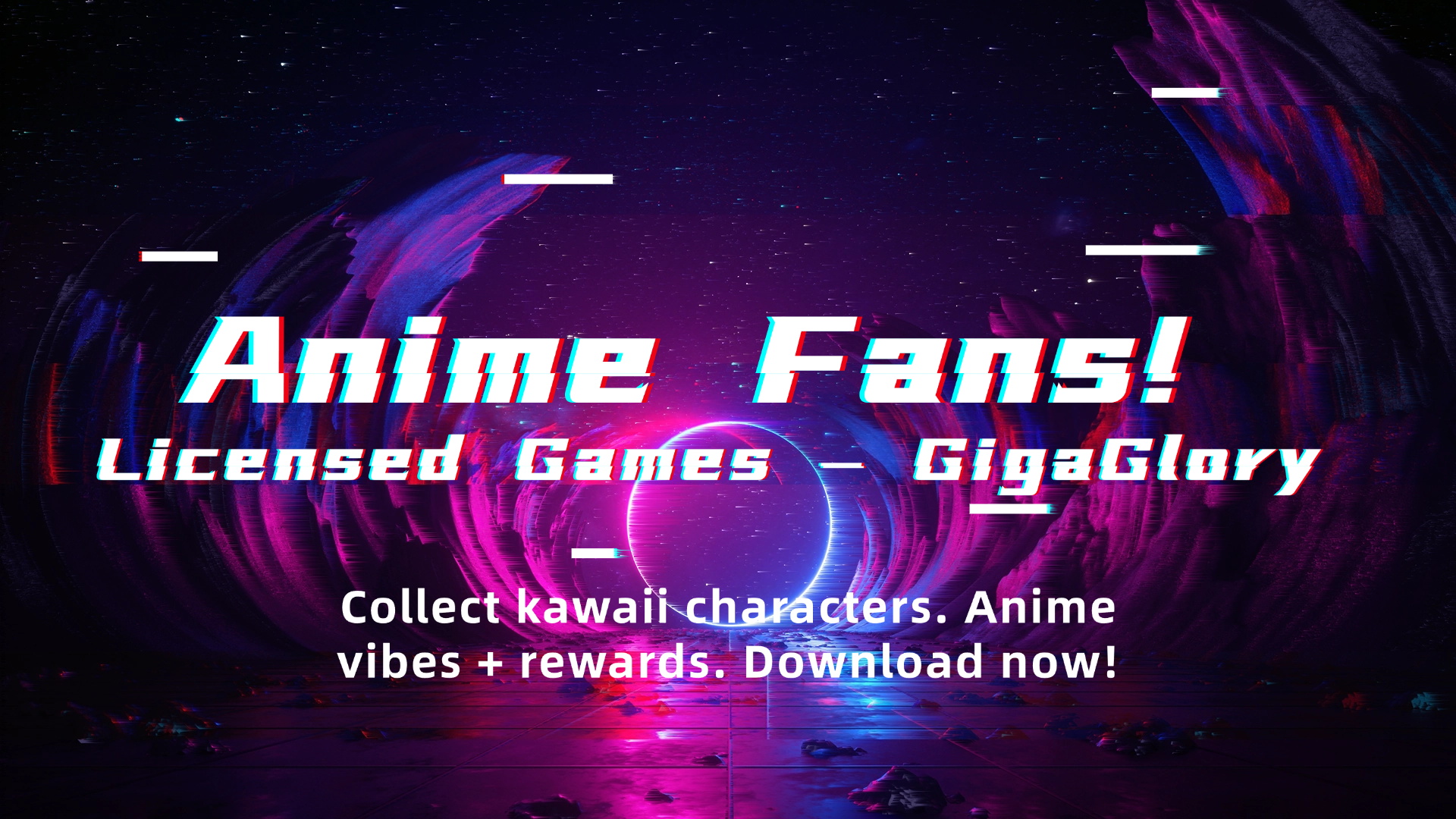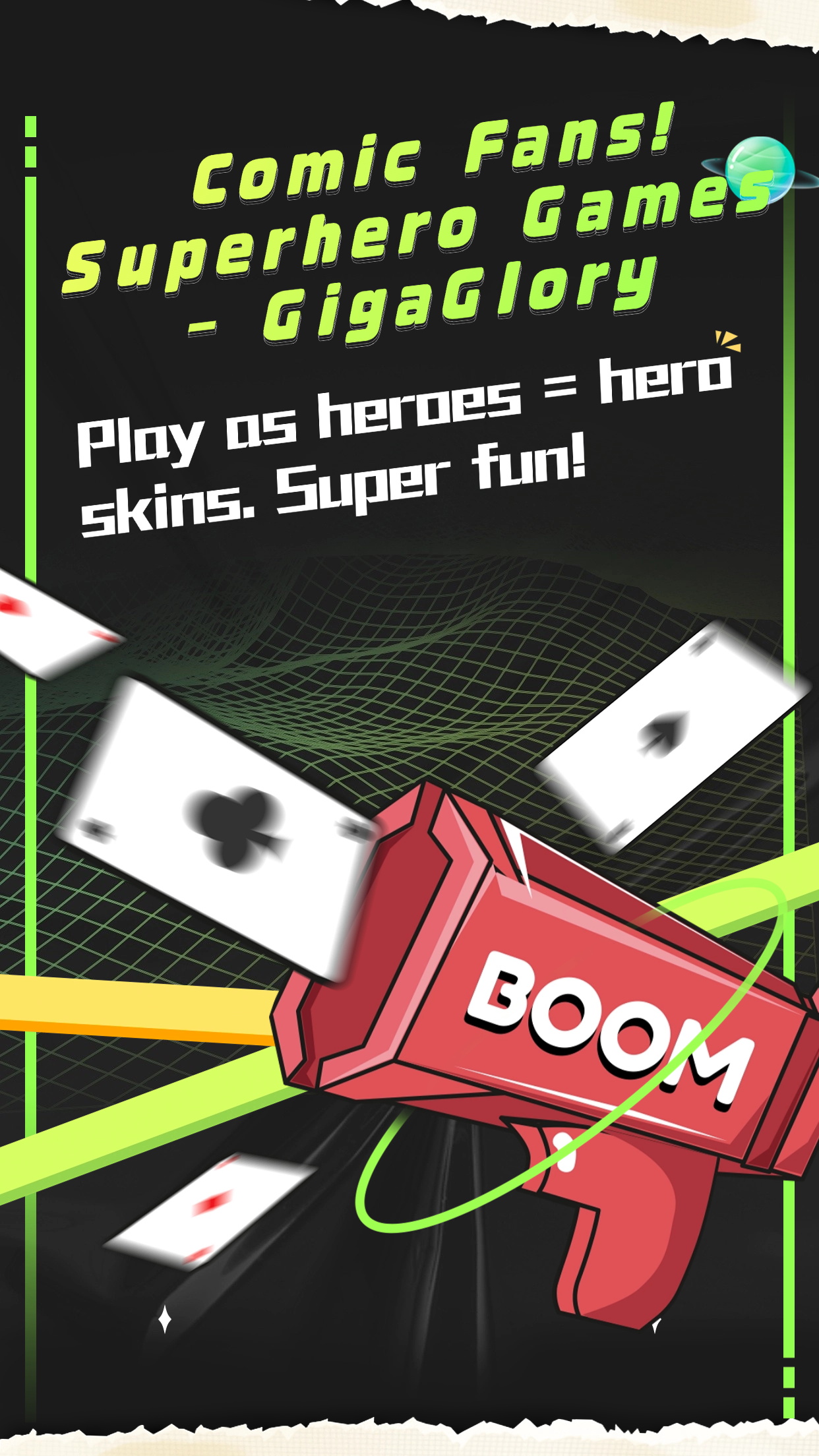Why HTML5 Multiplayer Games Are Revolutionizing Online Gaming Experience
Over the years, online gaming has transformed, with multiplayer games taking the center stage. Particularly, HTML5 multiplayer games are not just games; they are a revolution in the gaming landscape. This article delves into how these games are reshaping the entire online gaming experience.
The Rise of HTML5 Multiplayer Games
HTML5 has proven to be a game-changer for many online games. Unlike Flash-based games, which have been phased out, HTML5 games are:
- Cross-platform compatible
- Mobile-friendly
- Quick to load, offering a seamless experience
This compatibility means players can switch between devices without losing progress or quality. The accessibility factor is crucial for countries like Sri Lanka, where mobile devices are often the primary means for online access.
Enhancing User Engagement
The multiplayer aspect of HTML5 games drives user engagement. Players are more likely to stay immersed for longer periods when they can interact with others. Popular titles, such as Super Mario Odyssey with its various engagements like Lake Kingdom block puzzle, exemplify this. Players not only enjoy a game but also form communities. This community feel is a pivotal aspect that traditional single-player games lack.
Key Benefits of Multiplayer HTML5 Games
- Social Interaction: Players chat, strategize, and compete against each other.
- Diverse Game Modes: From cooperative missions to competitive tournaments, there's something for everyone.
- User-Generated Content: Many HTML5 games allow players to create and share their own levels and challenges.
The Genre Shift: From Single-Player to Multiplayer
There has been a noticeable shift in gaming genres. Traditional wild west RPG games that focus on narratives are now integrating multiplayer elements. This evolution reflects a broader trend in which players seek shared experiences rather than solitary adventures.
The advent of multiplayer means that developers are forced to think creatively to maintain interest. After all, a world where everyone can contribute feels more alive than one where players are merely following a script.
Table: Comparison of Traditional Games vs. HTML5 Multiplayer Games
| Aspect | Traditional Games | HTML5 Multiplayer Games |
|---|---|---|
| Accessibility | Platform-specific | Cross-platform |
| Interaction | Single-player focus | Community interactions |
| Development Time | Longer | Quicker updates |
The Impact on Game Developers
Developers are embracing HTML5 for its ease of use. Building multiplayer experiences is now more straightforward, allowing smaller studios to enter the arena. Moreover, there’s growing competition, pushing bigger companies to innovate. They must now focus on quality and player retention to stand out.
The Future of HTML5 Multiplayer Games
As technology advances, the prospect for HTML5 multiplayer games appears bright. Developments in graphics, AI, and server capabilities will enhance the gaming experience. Imagine playing a wild west RPG where your choices significantly affect the game's world—all with friends in varied play styles! This blended experience is irresistible.
Critical Points for Future Development
- Emphasizing community building through events and tournaments.
- Encouraging player feedback to continually improve games.
- Investing in security to ensure safe multiplayer environments.
Conclusion
HTML5 multiplayer games have indeed revolutionized the online gaming scene. They offer unique experiences that drive connection and engagement among players. As we step into the future, these games will only continue to evolve, reshaping how we interact in the digital realm. For avid gamers in places like Sri Lanka, this shift means an exciting time ahead with endless possibilities and connections waiting to be explored.



